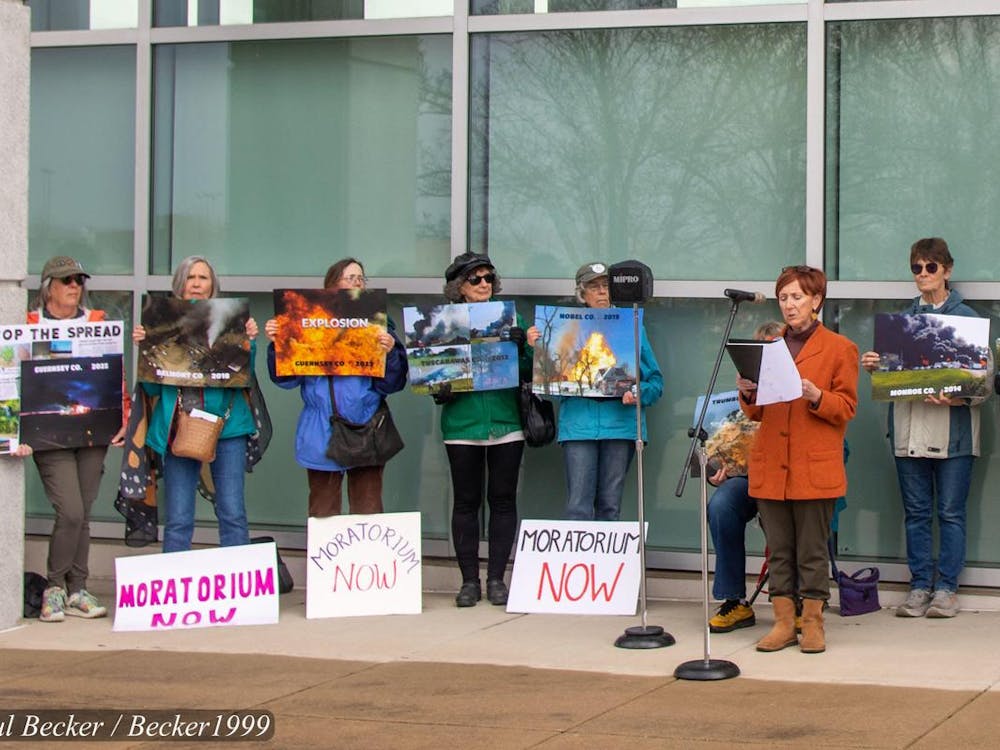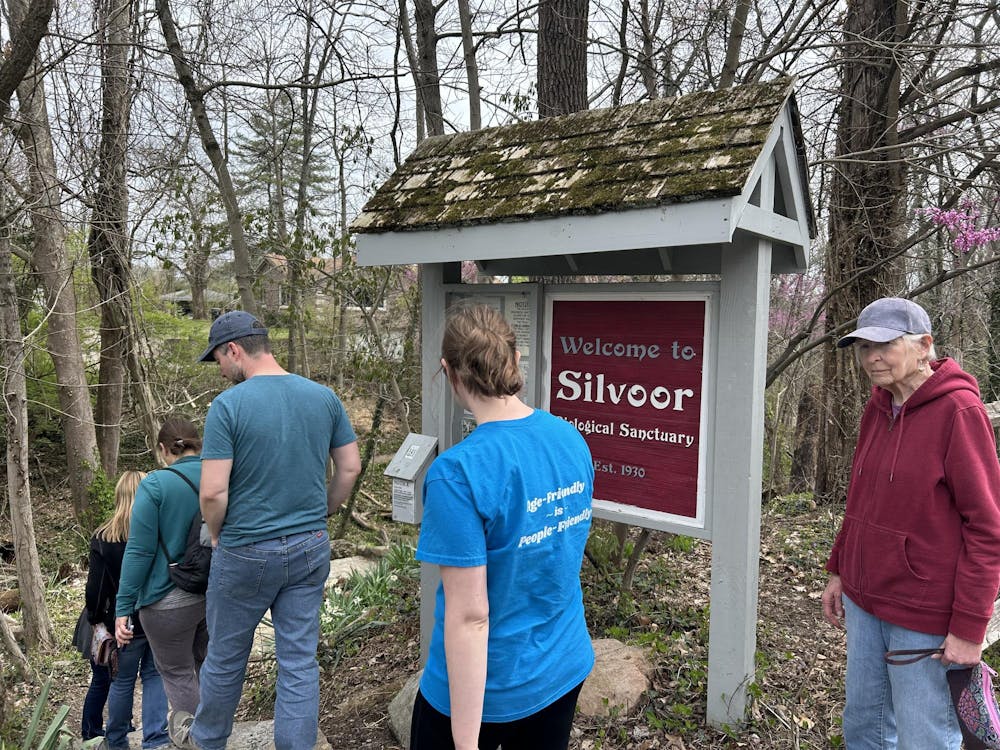Every day in the spring, Miami University students walk around campus and see various migrating birds. These birds migrate long distances across two continents each year, stopping along the way in places like Oxford before continuing their journey.
Among these birds are the yellow-throated and cerulean warblers, which can be seen behind the Farmer School of Business and the Garden Dining Commons starting in late April.
However, billions of birds have died over the past 30 years, with migratory birds like warblers getting hit particularly hard. The cerulean warbler is considered vulnerable by the International Union for Conservation of Nature.
Matt Valiga, a doctor of philosophy student in the biology program, studies these warblers and other neotropical migrants. His research found that although the focus so far has been on preserving their habitats, these birds often end up dying due to lack of food stocks during migration.
“It doesn’t matter if you’re spending all this money to conserve their breeding grounds if the only reason they’re dying out is because they’re dying during the migration,” Valiga said. “There’s a whole slew of issues that make this more complex than just trying to conserve the chickadees that live in your backyard all year round.”
Warblers breed in northern North America and spend their winters in South and Central America. These birds spend half their lives migrating, and by crossing continents, their preservation becomes even more difficult.
One difficulty lies in their sources of food. During the spring, warblers eat arthropods, primarily caterpillars. However, declining insect populations in places like Hueston Woods are restricting the energy sources these birds need to continue their migration.
“You’re talking about a bird that weighs as much as a Cheeto doing a longer distance flight than most of us would do on a plane,” Valiga said. “They need to survive that journey. It’s like if you drive a diesel truck on your cross country road trip, [and] you keep coming upon gas stations that don’t sell diesel.”
The National Audubon Society, a non-profit organization dedicated to bird conservation, recognizes Hueston Woods as an important bird area (IBA). It’s designated as a stopover site for migrating birds.
Dave Russell, an associate teaching professor in biology at Miami, created a bird banding station at Hueston Woods in 2004. However, despite it being an IBA, Hueston Woods is also a state park, meaning it has a dual purpose.
“They have multiple responsibilities,” Russell said. “It is public lands for people to do what people want to do. It’s not a preserve where only animals can live there. It’s someplace you go to fish, to hunt, to hike, to ride bikes. People have a lot of different recreation needs, some of them being in conflict with what a preserve would do.”
Russell runs bucket traps in the preserved areas of Hueston Woods to survey moths. While warblers eat caterpillars, caterpillars are difficult to survey, so he and Valiga count moth populations and species to find a trend over time.
Enjoy what you're reading?
Signup for our newsletter
While the project dates back several years, Valiga joined with an important asset that Russell missed before: the ability to communicate scientific information to the general public.
“One of the areas that we failed as researchers and scientists is [taking] the valuable information that we have learned and communicating it effectively to the general population,” Russell said. “Matt has that capability of spanning the academia world and the general public. [He] picked up the moth survey with a component on, ‘How then do you communicate this best with the public.’”
Despite the decline in migratory bird populations, Valiga noticed that many people simply didn’t know these birds were vulnerable or endangered. Instead, attention is focused on elephants, tigers and rhinos among other species.
Valiga said he believes these animals receive more attention than others for multiple reasons, including which exhibits have higher turnouts at zoos.
“If you were to go to a zoo right now, most people would go to the bears,” Valiga said. “They would go to the giraffes, they would go to the elephants … The [most popular animals] are always large, charismatic mammals. There’s a lot of grandeur that comes from those species in general.”
Russel also said it is important for the public to understand how one species endangerment – such as warblers – can shake up entire ecosystems.
“We have made particular species ambassadors for loss,” Russell said. “I find that unfortunate. I understand [that] tigers are cool, polar bears are cool. But I think what it fails to convey is the importance of the ecosystem that they’re living in.”
As Valiga and Russell continue their research on insect populations and the migration patterns of warblers, they understand the importance of not only having the data, but communicating it effectively.
“I’m really interested in what it takes to educate people about this in order to prompt a response,” Valiga said. “[The] data that I’m gathering is not only important just for data’s sake but also important in prompting. I don’t want my science to just be numbers. I want it to also be curating and creating responses within the public.”




